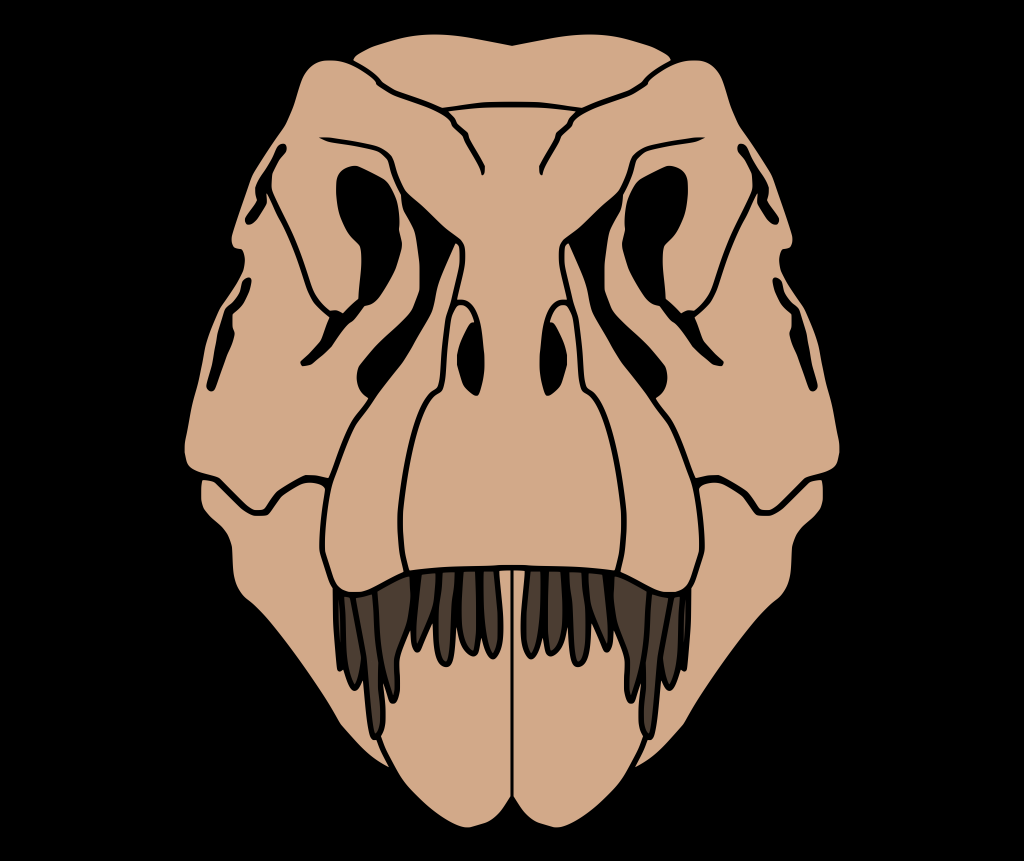Tim Haines
Graduate of the Entomology Applied Zoology at Bangor University. Successful screenwriter, director, producer and founder of the TV production company Impossible Pictures. Creator of BBC popular science shows like Walking with Dinosaurs, Walking with Beasts, The Ballad of Big Al, and Walking with Monsters.
Link:
https://www.imdb.com/name/nm0354307/
Szymon Górnicki: What do you think is the most interesting/exciting in paleontology?
Tim Haines: Trace fossils. There is something compelling about something left behind by the living breathing animal rather than just its corpse.
SG: If television didn’t exist, who would you have been instead?
TH: I applied for The British Antarctic Survey once to study terrestrial nematodes. they turned me down. If there wasn’t TV I probably would have stayed a science journalist which I was before TV.
SG: What are your favorite dinosaur movies?
TH: Original King Kong, The Valley of Gwangi, Lost World with Claude Rains, but I suppose best has to be the first Jurassic Park – a game changer.
SG: In your opinion. Walking with Dinosaurs and your other paleontological documentaries are a kind of paleoart?
TH: Yes fits right in there with the tradition of Waterhouse Hawkins trying to interpret what the scientists are saying for the public to see. For WWD Daren Horley at Framestore was inspirational.
SG: Did you considered production paleontological documentary without using CGI, at the beginning of Walking with Dinosaurs planning?
TH: Never without CGI but initially I knew it was so expensive I probably could only get a few minutes in each programme. I planned a lot of shots of plants and insects. But Framestore and Mike Milne stepped up and in the end I had as much as I wanted.
SG: Is it possible that in the future there will be a Walking with Dinosaurs reboot, with new models of feathered dinosaurs?
TH: WWD is owned by the BBC. They do not like me getting involved (I was very disappointed in what they did with the film) I have offered to make a 20 year anniversary version with feathers but they are not interested. they may do it internally. Instead look out for a new experience called Dinosaurs In The Wild opening this summer. With the help of Darren Naish I am making sure it is accurate (no creature speaks).
SG: Is there a room for paleontologists and paleoartists in television?
TH: They already lie behind all the work TV science producers do in this area.
SG: Some paleontologists believe that the moviemakers consult with scientists. But, they do not pay so much attention to details that the researchers say, which is the source of many unnecessary errors. What do you think about this issue?
TH: Scientists are not programme makers and visa versa. There needs to be trust and understanding between the two. A Dino programme has to inform and entertain to keep its audience. I have always thought the guiding principle is it is ok to push what is possible but never do what you know to be wrong (ie they never spoke english).
SG: The Making of Walking with Dinosaurs shows consultation with paleontologists. Is consultation with the paleoartists also been carried out?
TH: Not so much because we tried to go back to the source and develop our own style. We did talk to one or two palaeoartists at the very beginning but found they frequently had a strong style and set of ideas that they would have branded the show with which was not the point. We wanted the vision to come from the scientists brief as much as possible.
SG: What happened to the animatronic models from documentaries, after production?
TH: BBC gave them to a company called Tourex who toured with them for a while and then went bust I think. I talked to someone who I think was the liquidator who was trying to sell them off about four years ago. Alas I could not afford any. Time will also have taken its toll especially on the foam or silcon bits. I also saw something in an auction about two years ago claiming to be from WWD when I know it wasn’t.
I would like to thank to Tim Haines for the interview and to you for reading.
Szymon

